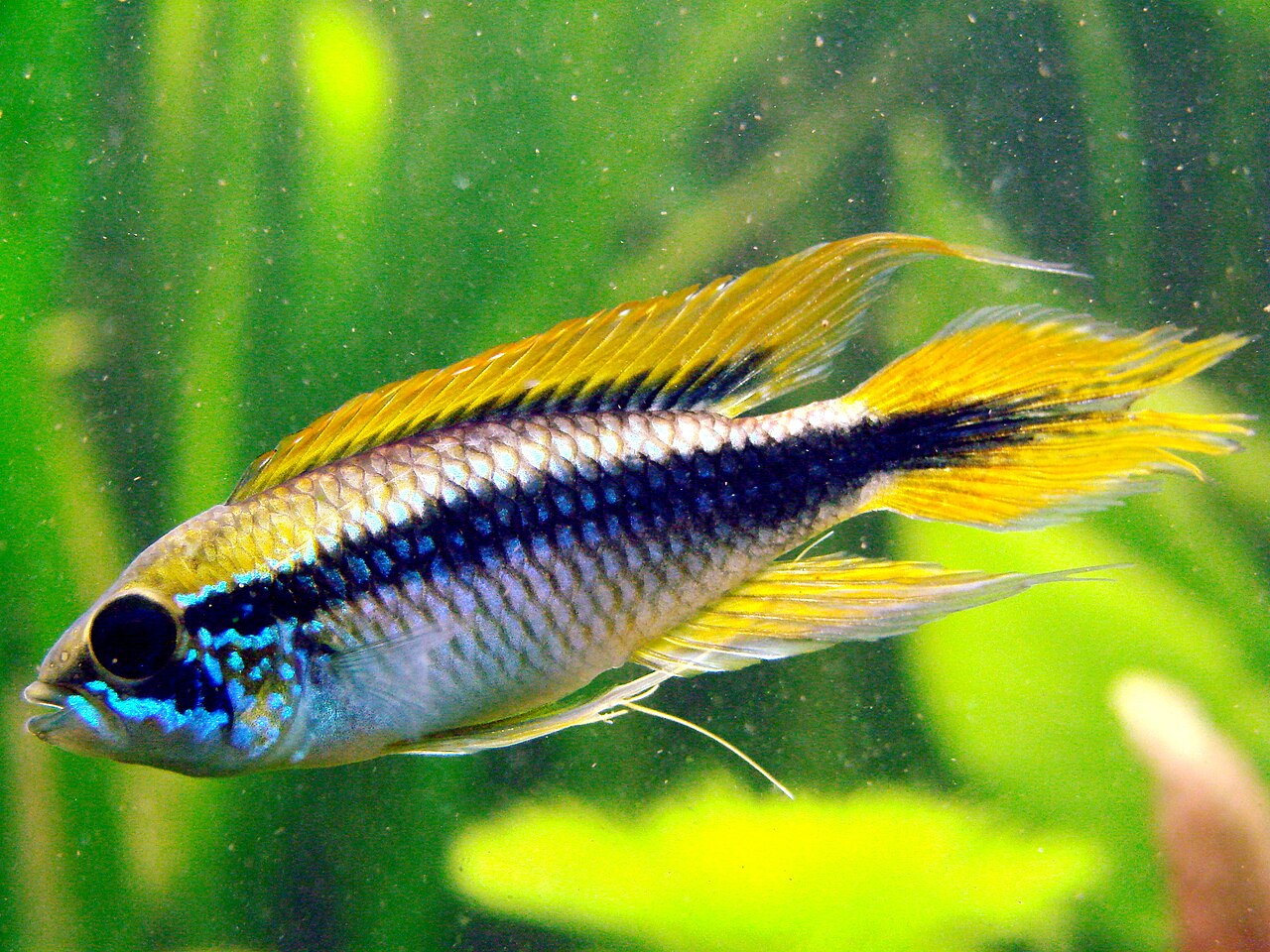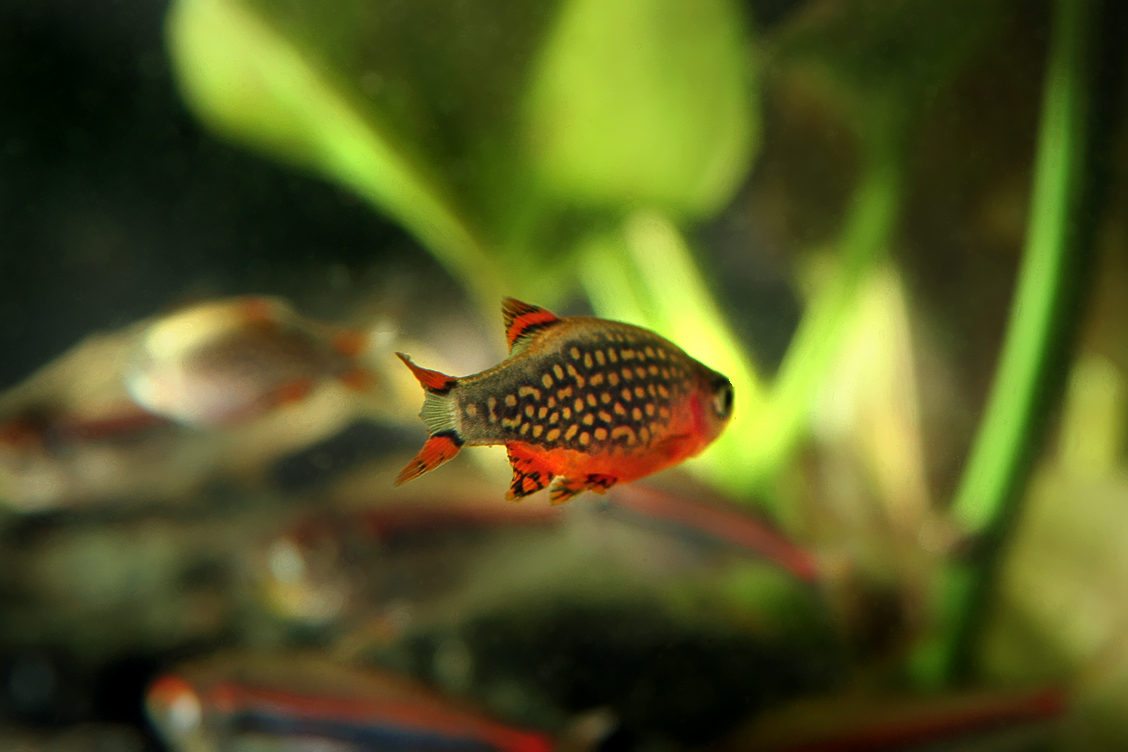A unique fish species that enthralls both inexperienced and seasoned aquarists, Agassiz’s Dwarf Cichlid (scientific name: Apistogramma agassizii). Member of the Cichlidae family, this species is native to the Amazon Basin, especially in Peru’s Marañón and Ucayali Rivers, as well as several tributaries of the Amazon River. It bears the name Louis Agassiz, after the Swiss-American naturalist and geologist.
Table of Contents
In the wild, these fish inhabit shallow waters with minimal current, often seeking refuge among plant debris and dead leaves. This environment provides them with ample hiding spots from predators. They are known to thrive in clear, black, and white water conditions. In the aquarium, they are typically bottom to mid-dwellers and prefer a setup that mimics their natural habitat, with plenty of hiding places and a soft substrate.
The diet of Agassiz’s Dwarf Cichlid is quite varied. In their natural habitat, they primarily feed on adult insects and insect larvae, particularly those of the Diptera species. In captivity, they can be fed a protein-based diet that includes high-quality flake food, pellets, and live or frozen foods such as brine shrimp, daphnia, and bloodworms. This carnivorous diet ensures they receive the necessary nutrients to thrive.
One of the most intriguing aspects of Apistogramma agassizii is their reproductive behavior. They are sexually dimorphic, with males being larger, more colorful, and having more elongated fins compared to females. This dimorphism plays a crucial role during courtship and mating. The males perform elaborate displays to attract females, who then lay eggs in carefully selected spawning sites, often caves or crevices. The female takes on the primary role of caring for the eggs, while the male guards the territory.
From a behavioral standpoint, Agassiz’s Dwarf Cichlid is territorial, especially towards its own species. However, they are generally peaceful and can coexist with other small, non-aggressive fish. Suitable tank mates include pencilfish, Corydoras, twig catfish, and tetras. It is essential to provide enough space and hiding spots to prevent territorial disputes.
The scientific name Apistogramma agassizii reflects both its genus and the homage to Louis Agassiz. The genus name Apistogramma comes from the Greek words “apisto,” meaning “unreliable,” and “gramma,” meaning “letter” or “mark,” likely referring to the variable and intricate patterns seen on these fish.
Agassiz’s Dwarf Cichlid is also known in the market by other names such as Agassizi Cichlid and Apistogramma Agassizi. These names highlight its popularity and recognition among fish enthusiasts.
One fun fact about this species is that despite their small size, they exhibit complex social behaviors and elaborate mating rituals, making them a joy to observe in a well-maintained aquarium. Their vibrant colors and dynamic interactions add a lively touch to any tank.
Historically, Apistogramma agassizii has been a subject of interest for both aquarists and researchers. Studies have delved into their reproductive aspects, revealing insights into their gonad maturation and spawning behaviors. For instance, research published in the “Brazilian Journal of Ichthyology” highlighted the various developmental phases of their gonads and the partial spawning strategy they employ, which ensures the resilience of the species by continuously introducing new individuals into the population.
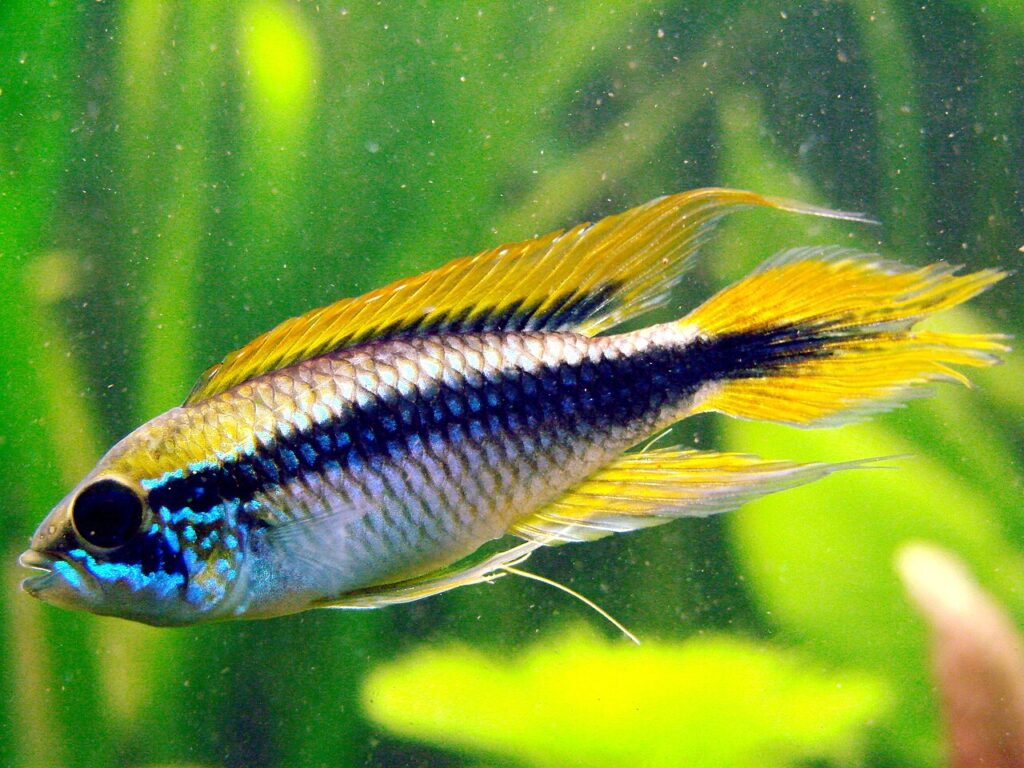
Dwarf Cichlid Key Information
Agassiz’s Dwarf Cichlid (Apistogramma agassizii) is a stunning fish known for its vibrant colors and intricate patterns. Males typically showcase a dazzling array of blues, reds, and yellows, with elongated fins that add to their majestic appearance. Females, while less colorful, exhibit a charming yellow hue with subtle markings. These colorations make them a favorite among aquarists who appreciate both beauty and behavior in their aquatic pets.
| Family | Cichlidae |
| Origin | Amazon Basin, particularly in Peru and Brazil |
| Price | $10 – $20 per fish |
| Common Names | Agassizi Cichlid, Apistogramma Agassizi |
| Variants | Various color morphs including Double Red, Fire Red, and Blue |
| Ideal Tank Size | Minimum 20 gallons |
| Water Parameters | pH 6.0-7.0, Temperature 72-82°F, Soft to moderately hard water |
| Lifespan | 5 years |
| Full Size | Males: up to 3.5 inches, Females: up to 2.5 inches |
| Natural Environment | Slow-moving streams, shallow waters with plant debris and leaf litter |
| Behavior | Territorial, especially during breeding; generally peaceful with other species |
| Habitat Preference | Bottom to mid-dweller |
| Aquarium Decoration | Plenty of hiding spots, caves, plants, and a soft substrate |
| Ideal Tank Mates | Pencilfish, Corydoras, Tetras, Twig Catfish |
| Fish to Avoid | Large, aggressive species and fin-nippers |
| Best Foods/Diet | High-quality flake food, pellets, live or frozen brine shrimp, daphnia, bloodworms |
| Disease | Susceptible to common freshwater diseases; maintain good water quality to prevent |
| Sex-Switch | No |
| Gender Differences | Males are larger, more colorful, with elongated fins; females are smaller and less colorful |
| Care Level | Intermediate |
| Breeding Level | Moderate; requires specific conditions and careful monitoring |
Agassiz’s Dwarf Cichlid is a captivating species that offers both aesthetic appeal and fascinating behaviors. Their vibrant colors and dynamic interactions make them a delightful addition to any well-maintained aquarium.
Ideal Tank Mates for Agassiz’s Dwarf Cichlid
Agassiz’s Dwarf Cichlid (Apistogramma agassizii) is a vibrant and fascinating fish that thrives in a community tank with the right companions. Choosing suitable tank mates is essential to ensure a peaceful and harmonious environment. Here are ten ideal tank mates, each with unique characteristics that make them compatible with Agassiz’s Dwarf Cichlid.
Dwarf Pencilfish (Nannostomus marginatus)
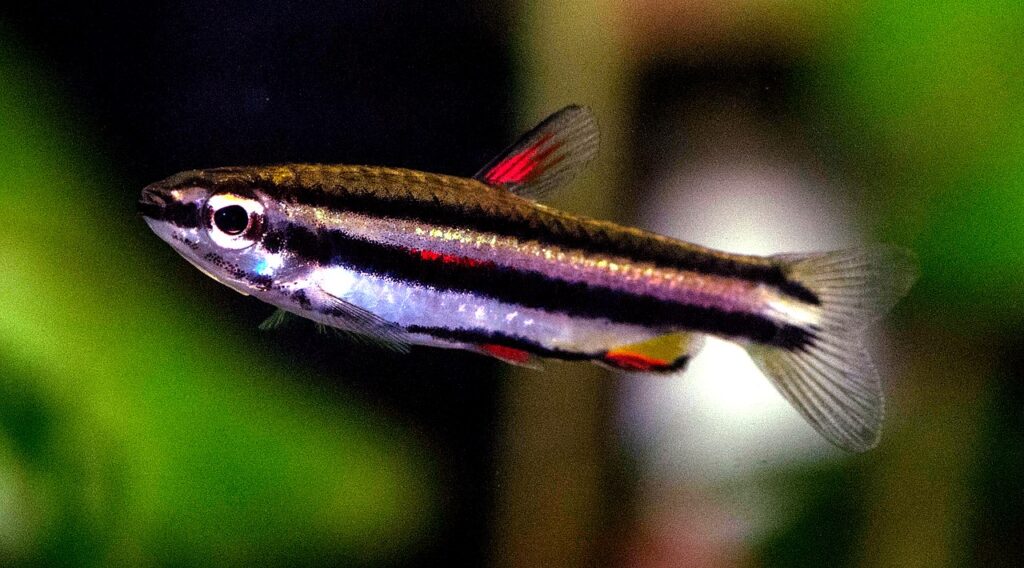
Dwarf Pencilfish are small, slender fish that prefer to swim in the upper levels of the tank. Their peaceful nature and calm demeanor make them excellent companions for Agassiz’s Dwarf Cichlid. They add a touch of elegance to the tank with their streamlined bodies and gentle movements, ensuring minimal interaction with the bottom-dwelling cichlids.
| Common/Market Names | Price Range | Care Level | Behavior | Life Span | Max Size |
|---|---|---|---|---|---|
| Dwarf Pencilfish | $3 – $5 | Easy | Peaceful | 3 – 5 years | 1.5 inches |
Bronze Corydoras (Corydoras aeneus)
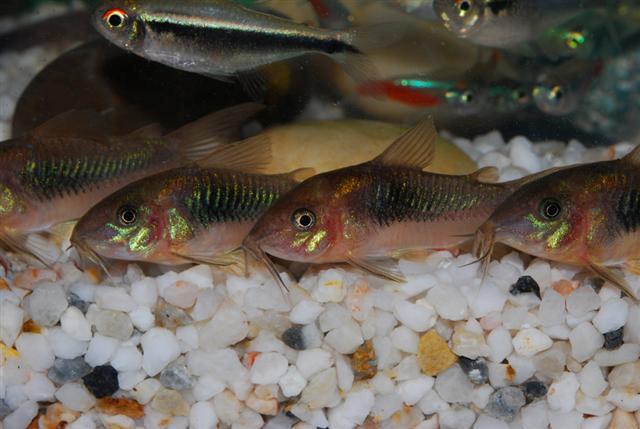
Bronze Corydoras are bottom-dwelling catfish known for their peaceful nature and excellent scavenging abilities. They help keep the tank clean by eating leftover food and detritus. Their non-aggressive behavior and preference for the bottom of the tank make them ideal tank mates for Agassiz’s Dwarf Cichlid, ensuring a clean and harmonious environment.
| Common/Market Names | Price Range | Care Level | Behavior | Life Span | Max Size |
|---|---|---|---|---|---|
| Bronze Corydoras | $2 – $10 | Easy | Peaceful | 5 years | 2.5 inches |
Twig Catfish (Farlowella acus)
Twig Catfish are unique, slender catfish that prefer to stay hidden among plants and decorations. Their shy and non-aggressive nature makes them compatible with Agassiz’s Dwarf Cichlid, as they occupy different tank levels and do not compete for territory. Their presence adds a unique touch to the tank’s aesthetic.
| Common/Market Names | Price Range | Care Level | Behavior | Life Span | Max Size |
|---|---|---|---|---|---|
| Twig Catfish | $10 – $20 | Intermediate | Peaceful | 8 – 10 years | 6 inches |
Bristlenose Pleco (Ancistrus cirrhosus)
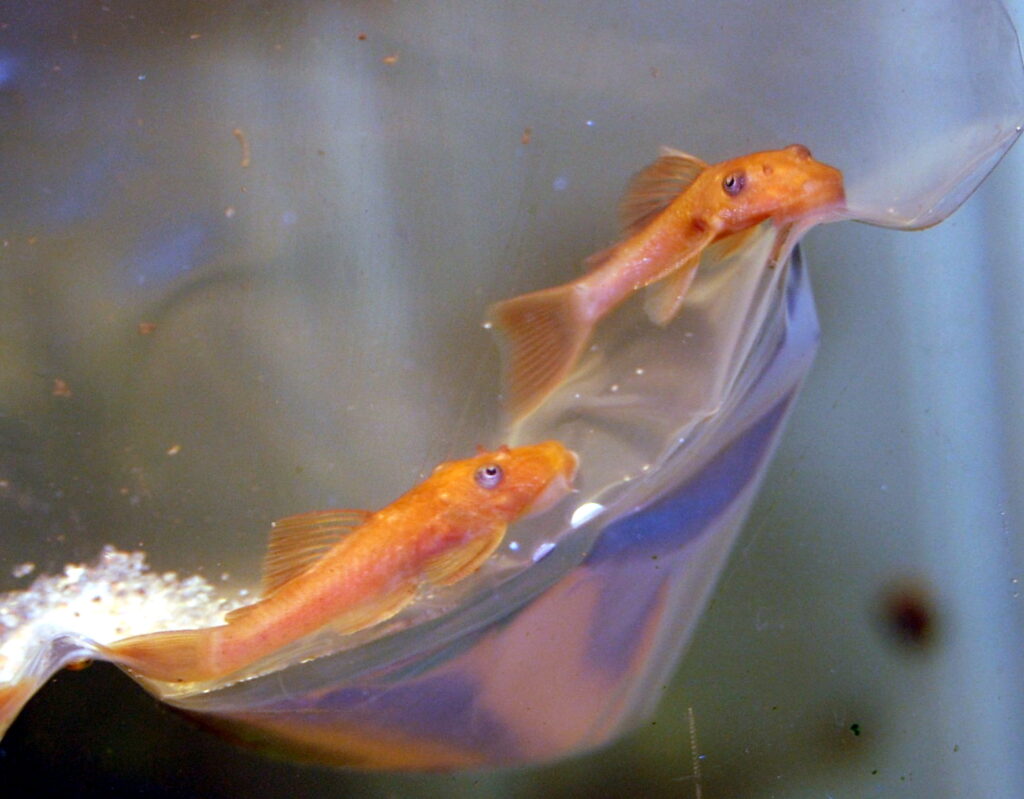
Bristlenose Plecos are hardy and peaceful fish that help control algae in the tank. Their bottom-dwelling habits and non-aggressive nature make them ideal companions for Agassiz’s Dwarf Cichlid, ensuring a clean and harmonious environment. Their unique appearance with bristles on their noses adds an interesting visual element to the tank.
| Common/Market Names | Price Range | Care Level | Behavior | Life Span | Max Size |
|---|---|---|---|---|---|
| Bristlenose Pleco | $5 – $15 | Easy | Peaceful | 5 – 8 years | 5 inches |
Neon Tetra (Paracheirodon innesi)
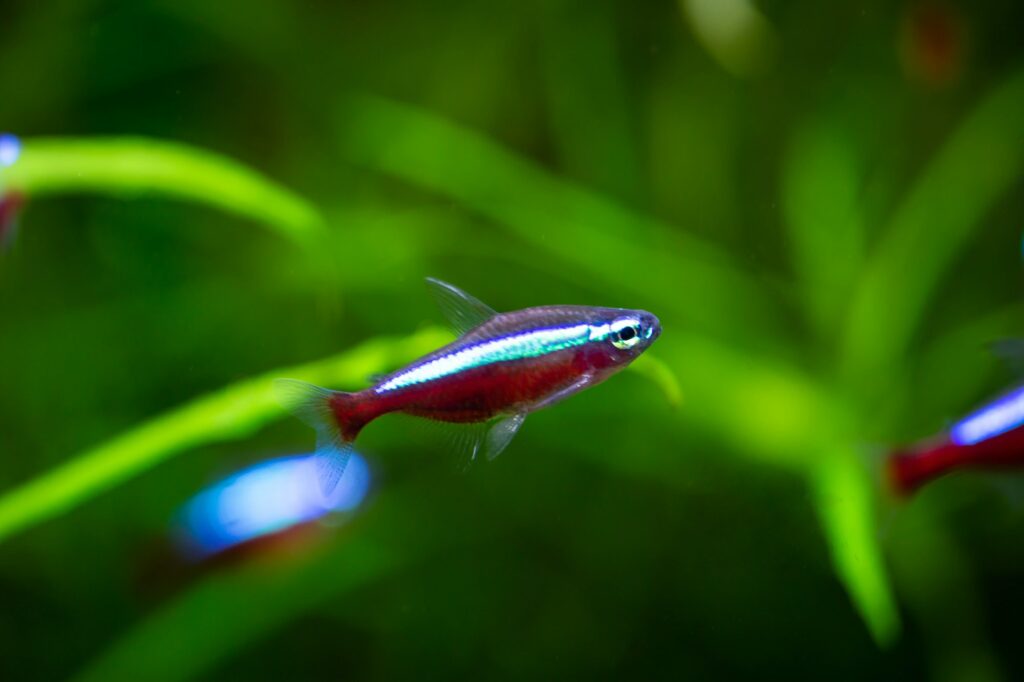
Neon Tetras are small, colorful schooling fish that add vibrancy to the tank. Their peaceful nature and preference for swimming in the mid to upper levels make them excellent tank mates for Agassiz’s Dwarf Cichlid. They create a lively and colorful display in the aquarium, enhancing the overall aesthetics.
| Common/Market Names | Price Range | Care Level | Behavior | Life Span | Max Size |
|---|---|---|---|---|---|
| Neon Tetra | $1 – $3 | Easy | Peaceful | 5 years | 1.5 inches |
Otocinclus Catfish (Otocinclus affinis)
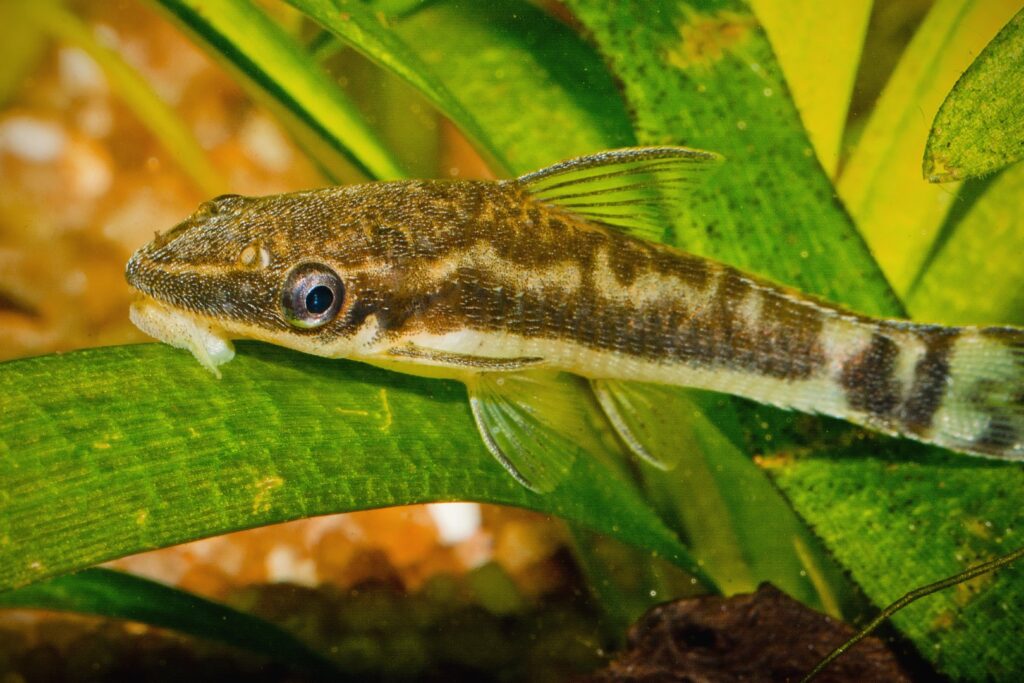
Otocinclus Catfish are small, algae-eating fish that are perfect for maintaining a clean tank. Their peaceful nature and preference for sticking to surfaces make them compatible with Agassiz’s Dwarf Cichlid, as they do not compete for territory or food. Their presence helps keep algae under control, contributing to a healthy tank environment.
| Common/Market Names | Price Range | Care Level | Behavior | Life Span | Max Size |
|---|---|---|---|---|---|
| Otocinclus Catfish | $2 – $4 | Easy | Peaceful | 3 – 5 years | 2 inches |
Harlequin Rasbora (Trigonostigma heteromorpha)

Harlequin Rasboras are small, schooling fish that are known for their peaceful nature and vibrant colors. They prefer swimming in the mid to upper levels of the tank, making them ideal companions for Agassiz’s Dwarf Cichlid. Their active swimming patterns add movement and life to the aquarium, creating a dynamic environment.
| Common/Market Names | Price Range | Care Level | Behavior | Life Span | Max Size |
|---|---|---|---|---|---|
| Harlequin Rasbora | $2 – $5 | Easy | Peaceful | 5 years | 2 inches |
Dwarf Gourami (Colisa lalia)
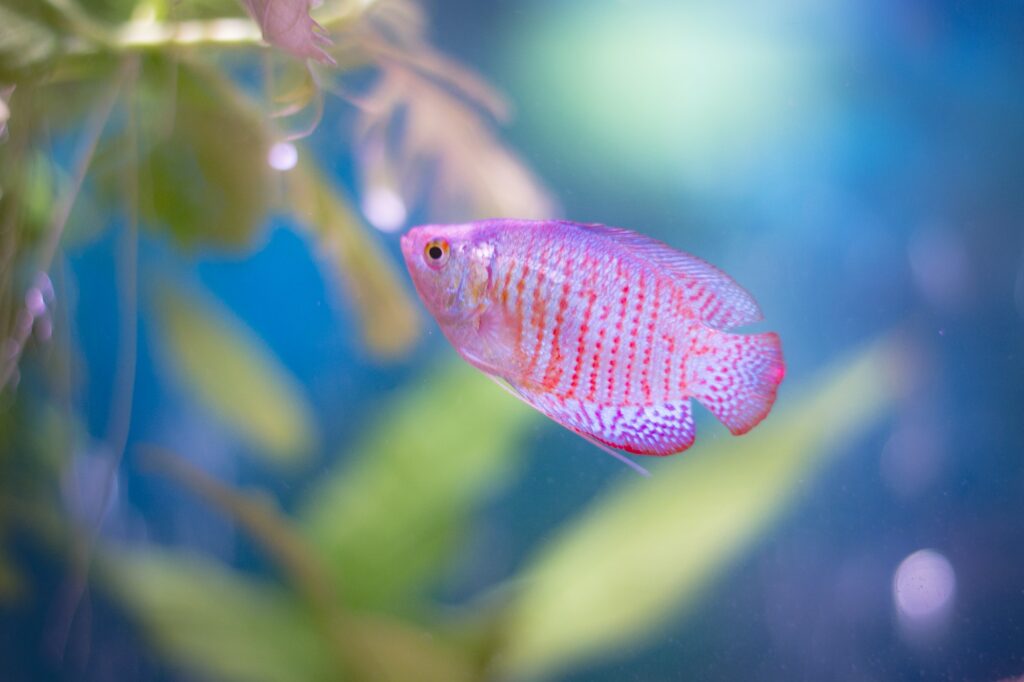
Dwarf Gouramis are colorful and peaceful fish that add a splash of color to the tank. Their calm demeanor and preference for the upper levels make them suitable tank mates for Agassiz’s Dwarf Cichlid. They are known for their beautiful, iridescent colors and gentle swimming, which enhances the visual appeal of the tank.
| Common/Market Names | Price Range | Care Level | Behavior | Life Span | Max Size |
|---|---|---|---|---|---|
| Dwarf Gourami | $5 – $10 | Easy | Peaceful | 4 years | 3.5 inches |
Dwarf Rainbowfish (Melanotaenia praecox)
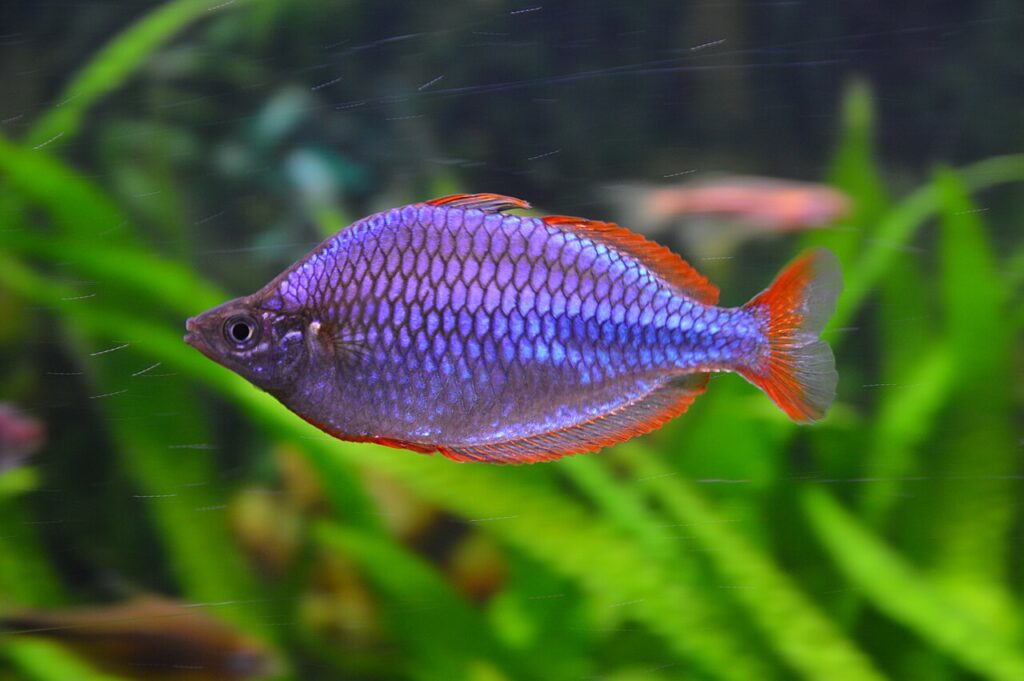
Dwarf Rainbowfish are small, colorful fish that are known for their peaceful nature and active swimming. They prefer the mid to upper levels of the tank, making them compatible with Agassiz’s Dwarf Cichlid. Their vibrant colors and lively behavior make them a delightful addition to any aquarium, adding a burst of color and activity.
| Common/Market Names | Price Range | Care Level | Behavior | Life Span | Max Size |
|---|---|---|---|---|---|
| Dwarf Rainbowfish | $4 – $8 | Easy | Peaceful | 5 years | 2.5 inches |
Amano Shrimp (Caridina multidentata)
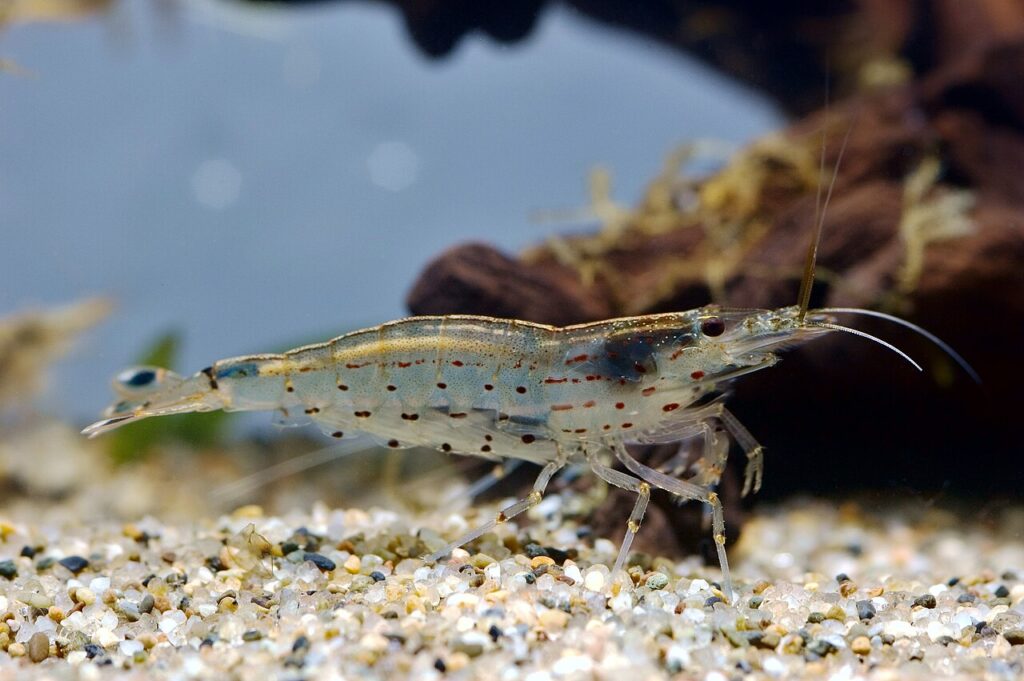
Amano Shrimp are excellent tank cleaners that help control algae and detritus. Their peaceful nature and preference for the bottom of the tank make them suitable companions for Agassiz’s Dwarf Cichlid. They are known for their hardiness and ability to thrive in a community tank, contributing to a clean and healthy environment.
| Common/Market Names | Price Range | Care Level | Behavior | Life Span | Max Size |
|---|---|---|---|---|---|
| Amano Shrimp | $2 – $5 | Easy | Peaceful | 2 – 3 years | 2 inches |
These ten tank mates provide a harmonious and vibrant environment for Agassiz’s Dwarf Cichlid, ensuring a peaceful and thriving community tank. Each species brings its unique charm and compatibility, making them perfect companions for your cichlids.
FAQs about Agassiz’s Dwarf Cichlid
What is the minimum tank size for Agassiz’s Dwarf Cichlid?
A 15-gallon long aquarium is the minimum recommended tank size for a pair of Agassiz’s Dwarf Cichlids. If you plan to keep multiple pairs or harems, it’s advisable to add 10-15 gallons for each additional group.
What water parameters are ideal for Agassiz’s Dwarf Cichlid?
Agassiz’s Dwarf Cichlid thrives in water with a temperature range of 74-84°F (24-29°C), a pH of 5-7, and soft to moderately hard water. Maintaining stable water conditions is crucial for their health.
How can I create a suitable habitat for Agassiz’s Dwarf Cichlid?
To mimic their natural habitat, set up a tank with plenty of hiding spots such as coconut caves, live plants, rocks, driftwood, and terracotta flower pots. Adding leaf litter like Indian almond leaves can help create a darker water environment and reduce stress.
What type of substrate is best for Agassiz’s Dwarf Cichlid?
A sandy substrate is ideal for Agassiz’s Dwarf Cichlid as it encourages their natural sand-sifting behavior, which is both fun to observe and beneficial for the fish.
How should I feed Agassiz’s Dwarf Cichlid?
Agassiz’s Dwarf Cichlid thrives on a varied diet that includes high-quality flake food, pellets, and live or frozen foods such as bloodworms, brine shrimp, and daphnia. Supplementing their diet with vegetable matter is also beneficial.
Are Agassiz’s Dwarf Cichlids suitable for beginners?
While Agassiz’s Dwarf Cichlid is generally considered suitable for intermediate aquarists, captive-bred specimens are more tolerant and can be a good choice for beginners who are diligent about maintaining stable water conditions.
What are some common health issues for Agassiz’s Dwarf Cichlid?
Common health issues include fin rot, white spot (ich), velvet disease, and bacterial infections. Maintaining good water quality and a varied diet can help prevent these issues.
How do I manage aggression in Agassiz’s Dwarf Cichlid?
Agassiz’s Dwarf Cichlid can be territorial, especially during breeding. Providing plenty of hiding spots and visual barriers in the tank can help reduce aggression. It’s also advisable to keep one male with multiple females to minimize conflicts.
What are the signs of a healthy Agassiz’s Dwarf Cichlid?
Signs of a healthy Agassiz’s Dwarf Cichlid include active behavior, bright coloration, and a good appetite. Regular observation and maintenance are key to ensuring their well-being.
Can Agassiz’s Dwarf Cichlid be kept with other fish?
Yes, Agassiz’s Dwarf Cichlid can be kept with other peaceful fish that share similar water requirements. Suitable tank mates include tetras, rasboras, pencilfish, and small catfish species.

